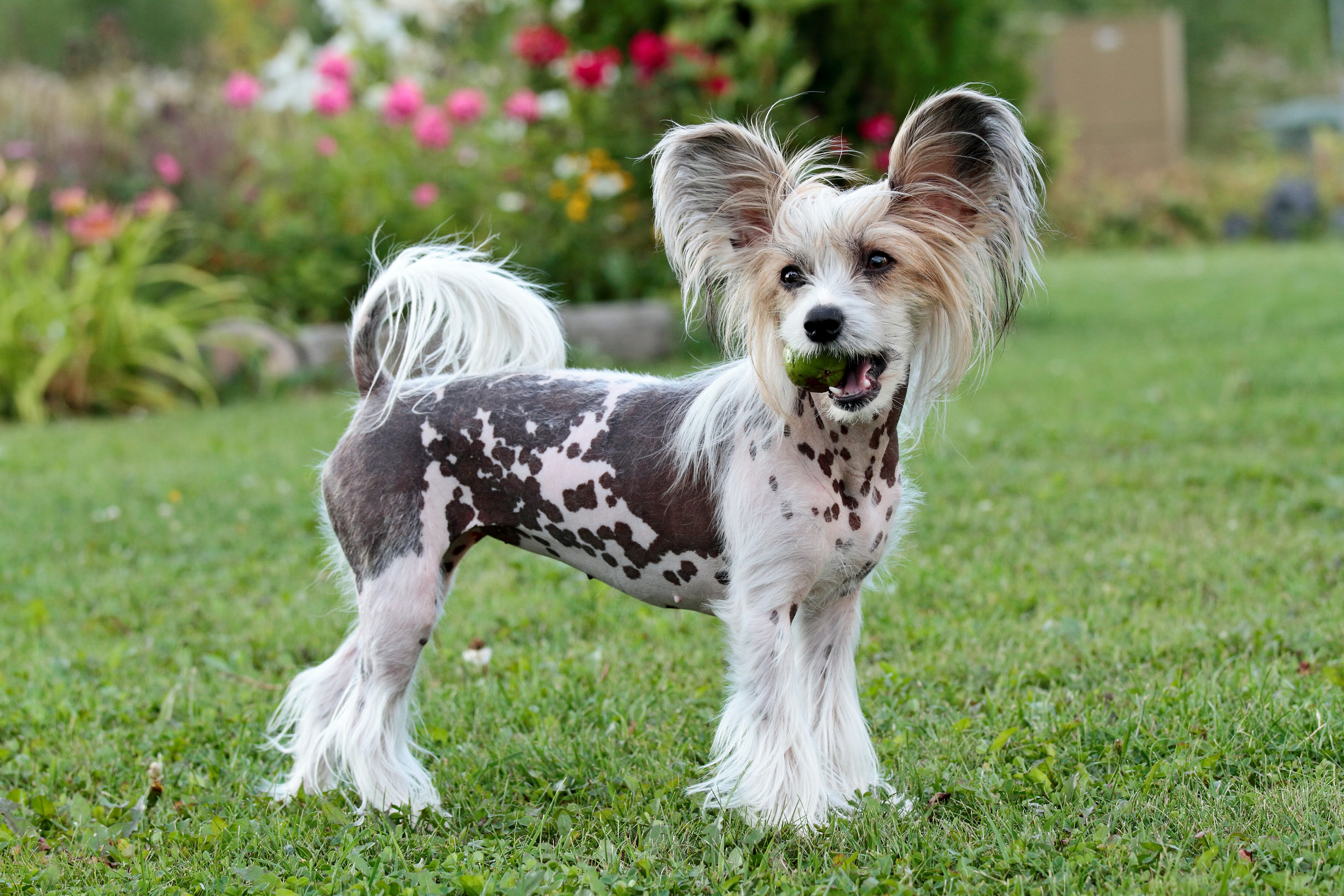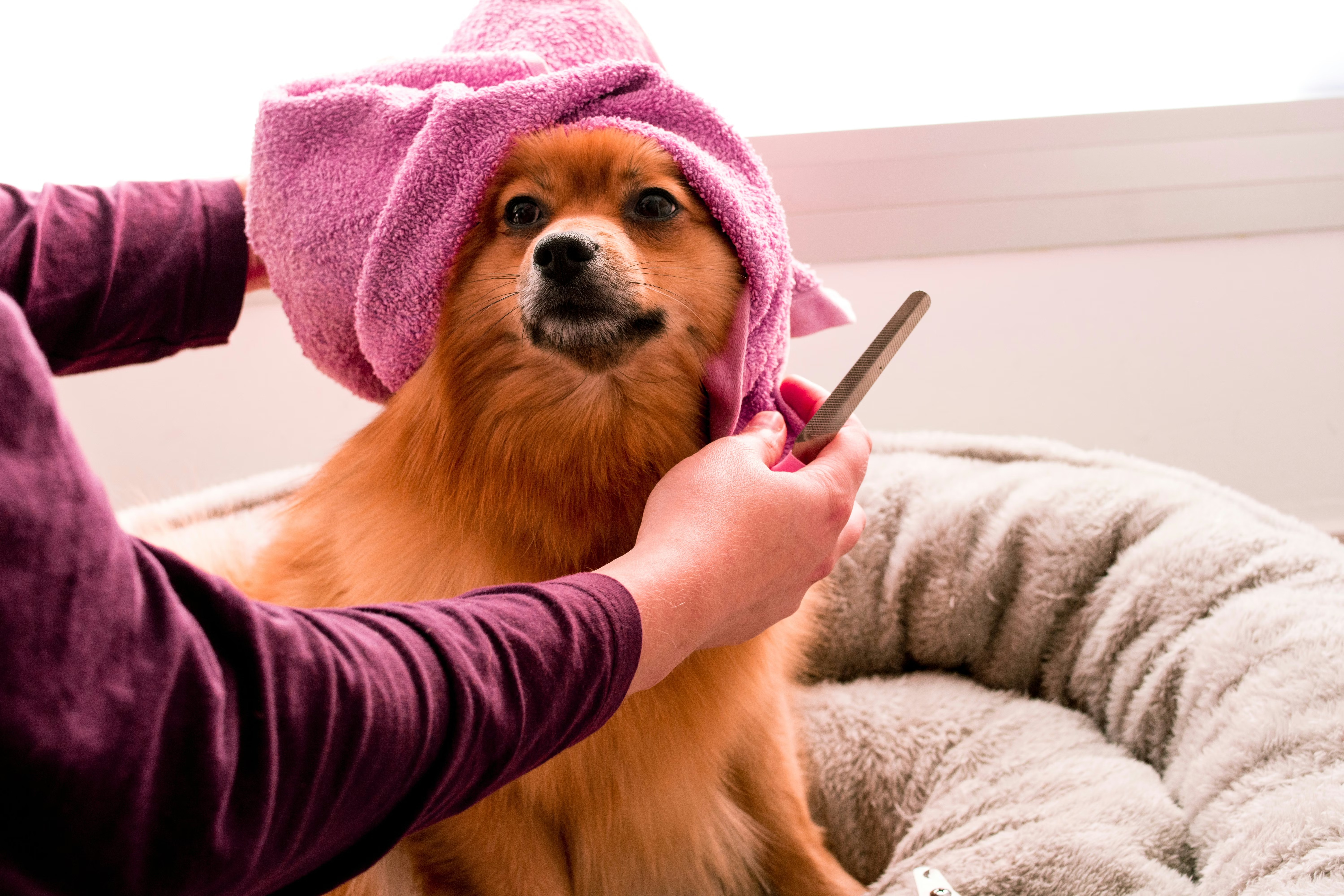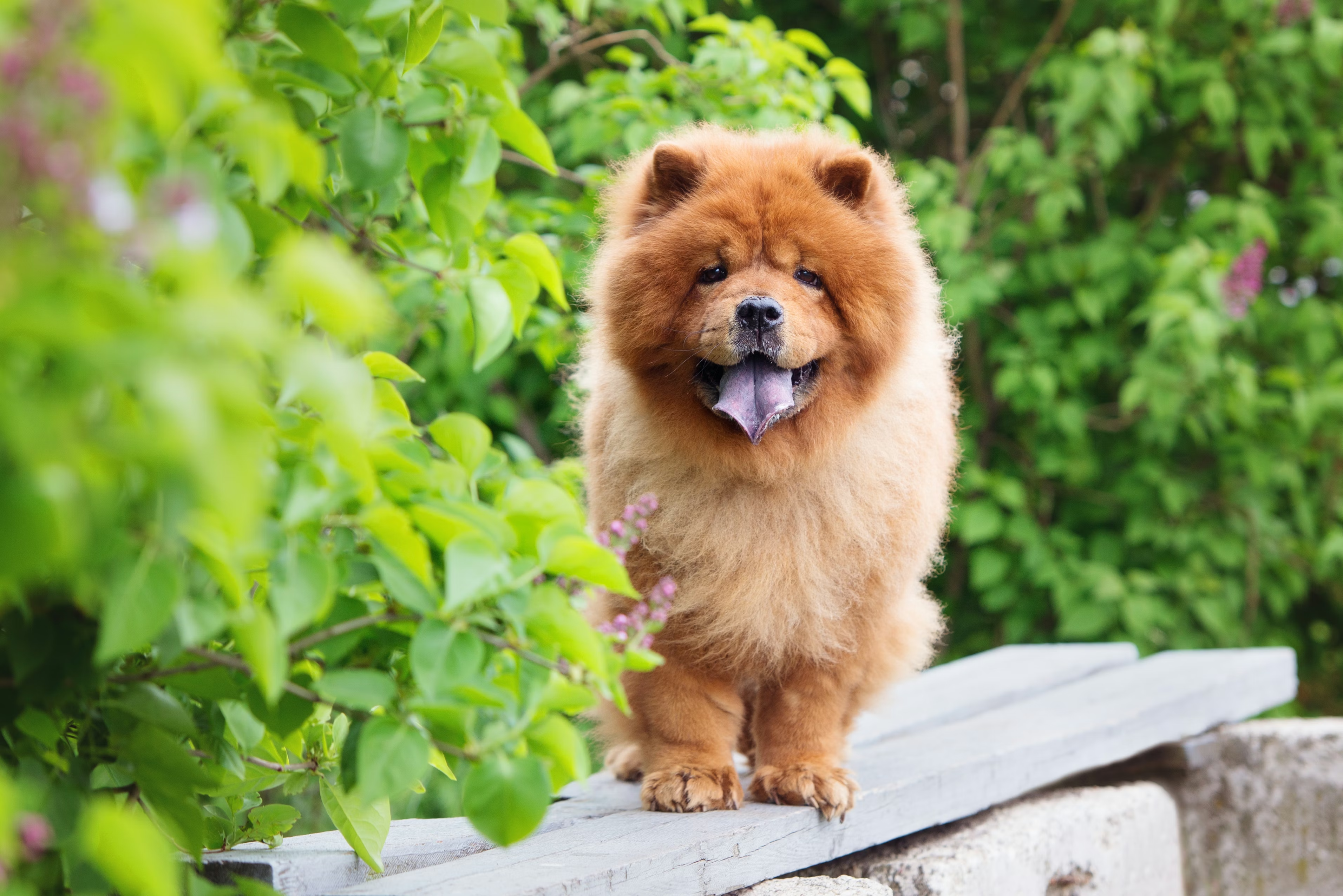Is your vacuum cleaner working overtime? Are pet-related allergies impacting your quality of life? There are many reasons why someone might prefer a low-shedding dog breed. While there’s no such thing as a dog breed that doesn’t shed at all, some dogs naturally shed less fur than others. Understanding shedding tendencies in different dog breeds—and what that might mean for allergies, care, and clean-up—will help you make the best choice for your family.
Dog shedding 101
Shedding is a normal part of the hair growth cycle that allows dogs to get rid of old, damaged, or excess fur. While shedding may be frustrating to some pet parents, it plays an important role in maintaining a healthy coat. The amount and frequency of shedding, however, varies by breed, coat type, and individual dog.
Some dogs shed seasonally, meaning they shed their coats in spring and fall to prepare for temperature changes. Dogs like Siberian Huskies or Labrador Retrievers tend to shed heavily during these seasonal shifts. Others breeds shed lightly year round. Breeds in this category include some single-coated dogs and dogs with curly or wiry coat types that tend to shed less overall. And of course, there are also “hairless” breeds, which typically do have some hair, but not as much.
Wire-coated and tightly curly-coated breeds shed less because of their hair type. Many of the historic water dogs, including the Poodle, are long and curly coated, and have to visit the groomer in order to avoid a ‘dreadlocked’ coat like the Komondor or Puli. Similarly, many low-shedding wire-coated breeds must have their coat “stripped” by hand to remove the old hairs from their coat and maintain hair follicle health. Dogs with furnishings, which are genetically linked to curly and wire coats, will also shed less.
In addition to coat type, there is a variant called the Reduced Shedding variant in the MC5R gene that will inhibit shedding. A test for this variant is included in Wisdom Panel Essential and Premium dog DNA tests.
Since breed and coat type are guided by genetics, understanding a dog’s DNA is an important piece of understanding their rate of shedding. And that’s important information, especially for pet parents hoping to minimize the impact of allergies.
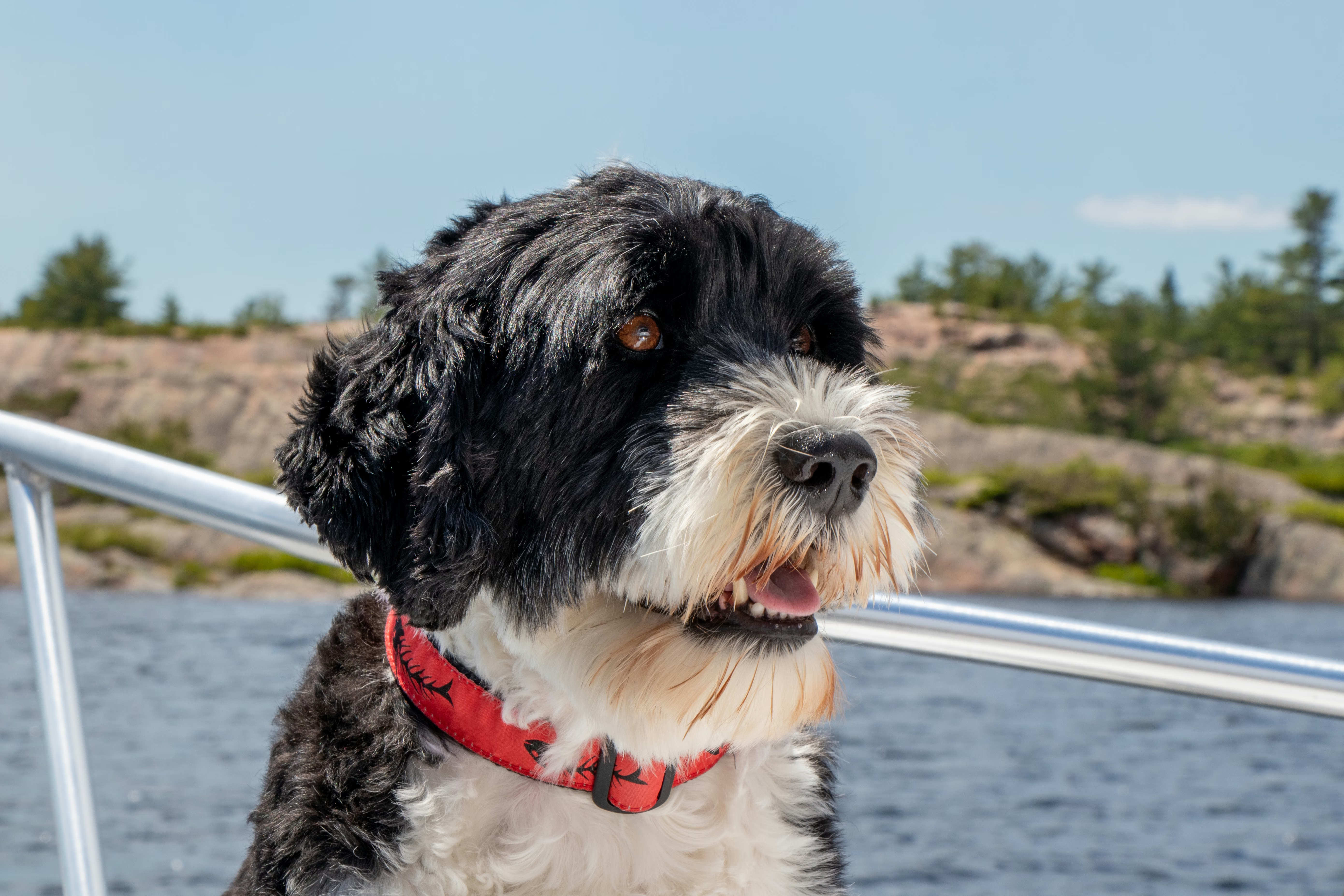
Top low-shedding dog breeds
Here are some popular dog breeds that shed the least:
- Poodle Poodles have dense, curly coats that shed at a lower rate, and also trap loose hairs rather than letting them fall off. While they need regular grooming, they’re among the best-known hypoallergenic dog breeds.
- Bichon Frise
These cheerful little dogs have soft, curly coats that don’t shed much. Like Poodles, they require frequent brushing and professional grooming to prevent matting. - Portuguese Water Dog
This athletic breed has a dense, water-repellent coat that’s either curly or wavy. - Maltese
This breed has long, silky white hair and no undercoat. While their shedding is minimal, their coat needs regular brushing to avoid tangles. - Schnauzer
Schnauzers have a wiry outer coat and close undercoat, which minimizes the spread of dander. Maintaining their distinctive look requires consistent grooming. - Basenji
Known as the “barkless dog,” the Basenji has a short, fine coat that sheds minimally. They’re also known for being almost cat-like in their meticulous self-grooming. - Shih Tzu
Despite their long, flowing coats, Shih Tzus are low shedders. Daily brushing is essential to prevent tangles, or many pet parents choose to keep them in a shorter “puppy cut.” - Lhasa Apso
Lhasas have a heavy, straight double coat. Regular grooming is a must to keep their coat in good condition. - Yorkshire Terrier
Yorkies have fine, silky hair that seldom sheds, similar to human hair. Their coats require daily brushing and trims (or fashionable hair accessories) to keep hair out of their eyes. - Chinese Crested
Available in “hairless” and “powderpuff” coat types, this breed is a favorite among people looking for dogs that don’t shed much. While the hairless version has very little fur, they may require skincare to protect their skin from sun burns or irritants.
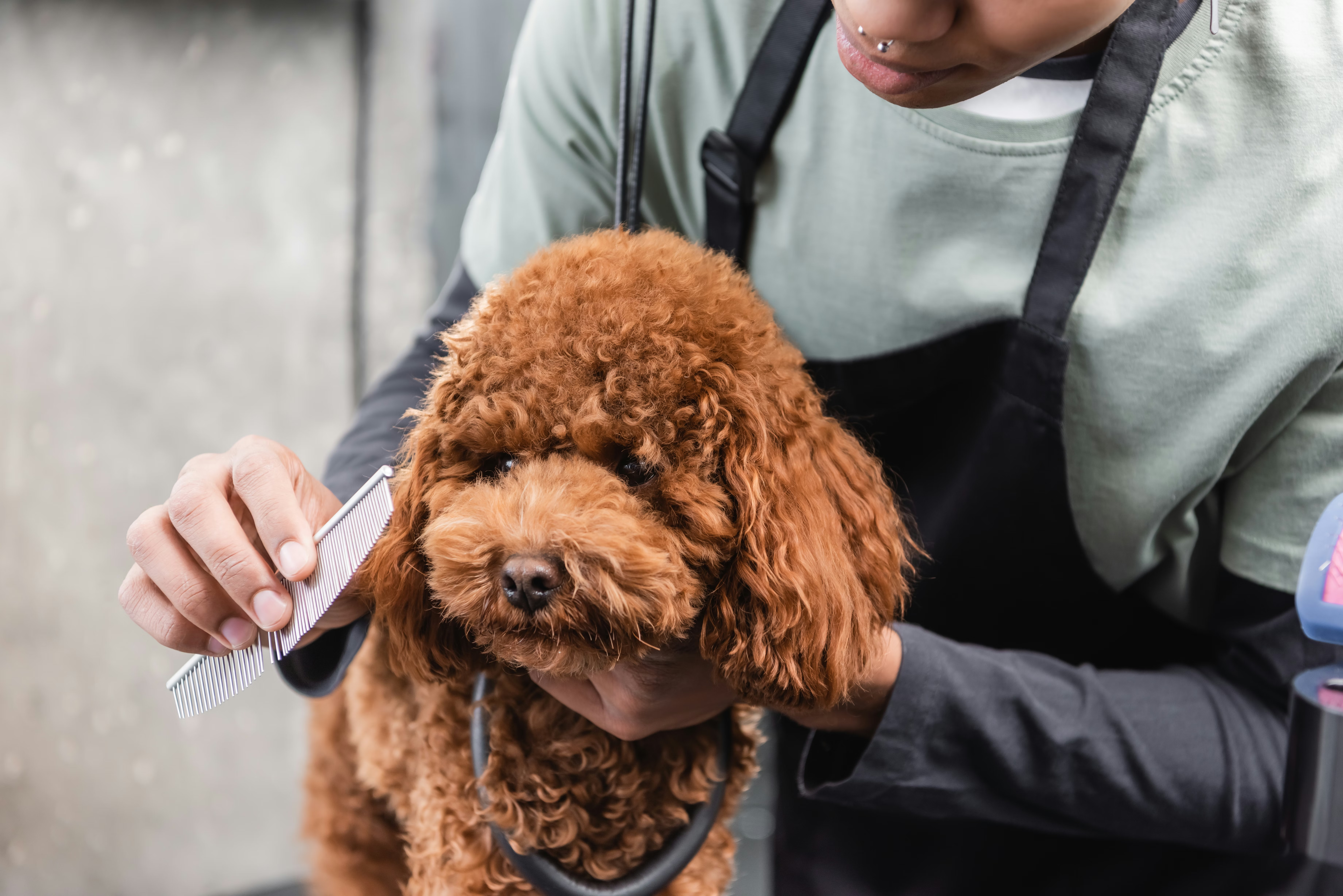
Grooming and care for low-shedding breeds
Just because a dog sheds less doesn’t mean they’re low maintenance. In fact, many low-shedding dog breeds need more frequent or specialized grooming to remove trapped hairs and prevent mats.
Here are some grooming basics to keep in mind:
- Brush regularly: Use a slicker brush or a comb designed for your dog’s coat type. This helps remove loose hair, prevent tangles, and distribute skin oils.
- Stay on top of hair cuts: Many low-shedding dogs benefit from professional grooming every 4–8 weeks.
- Hand-strip wire coats: Some wire-coated breeds benefit from hand-stripping rather than hair cuts to keep their coats healthy.
- Keep skin healthy: Bathe your dog as needed with a gentle, moisturizing shampoo. But don’t overdo it. Frequent baths can dry out their skin.
- Watch for mats: Mats can become painful and trap dirt or debris. Monitor your pup’s coat for mats, especially if they have curly or long hair.
Are low-shedding dogs hypoallergenic?
In a word, no. No dog is truly hypoallergenic—but some may be less likely to trigger allergies than others. Pet allergies are caused not by fur, but by proteins found in a dog’s saliva, dander (skin flakes), and urine. Low-shedding dogs often spread less dander and saliva-coated fur around your home, which can mean they trigger a lower allergic response. But individual reactions vary, and even low-shedding breeds can still trigger symptoms.
Can mixed-breed dogs shed less?
Absolutely! Designer dogs like Labradoodles or good old fashioned mutts may have the potential to inherit low-shedding coats. However, genetics don’t always follow a simple formula. Coat type depends on the combination of genes inherited from both parents. Even within the same litter, one puppy might shed heavily while another is a minimal shedder. If shedding is a key concern, a DNA test can provide insight into your dog’s coat traits, and if they carry one or two copies of the gene for reduced shedding.
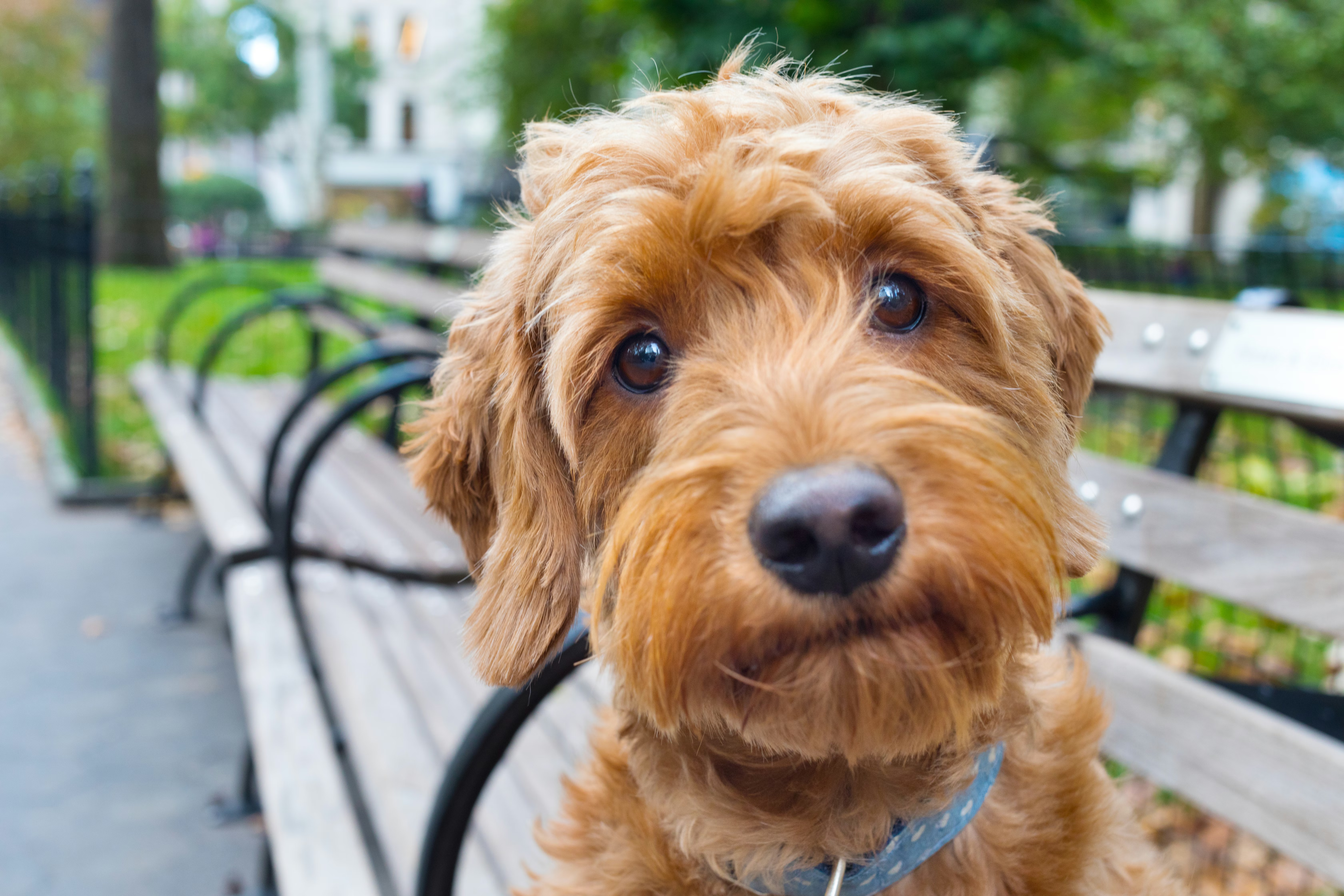
Other factors that impact shedding
While genetics play a major role, shedding is also influenced by:
- Changing seasons: Many dogs experience heavier shedding in the spring and fall as they transition between warm- and cold-weather coats.
- Nutrition: A poor diet can lead to dry skin, brittle fur, and increased shedding. Feeding a balanced, high-quality diet supports healthy hair growth and skin condition.
- Health issues: Conditions like thyroid disease, skin infections, and parasites can increase hair loss. Always talk to your veterinarian if you notice unusual or excessive hair loss.
- Hormones: Spaying or neutering, pregnancy, and other hormonal changes can alter shedding patterns.
- Stress: Dogs under stress may shed more. Moving to a new home, loud noises, or changes in routine can all contribute to increased hair loss.
How DNA testing can help
If you’re trying to understand your dog’s shedding patterns—or want to choose a future pet that best fits your needs—DNA testing is a powerful tool. Wisdom Panel Essential and Premium can identify the breed mix and traits that play a role in a pup’s shedding frequency.
Final thoughts
Choosing a dog that sheds less can mean less cleaning, fewer allergy symptoms, and a more comfortable life together. But “low shedding” doesn’t always mean “low maintenance.” Understanding the science behind shedding—and how genetics, health, and lifelong care play a role—can help you make an informed choice.
